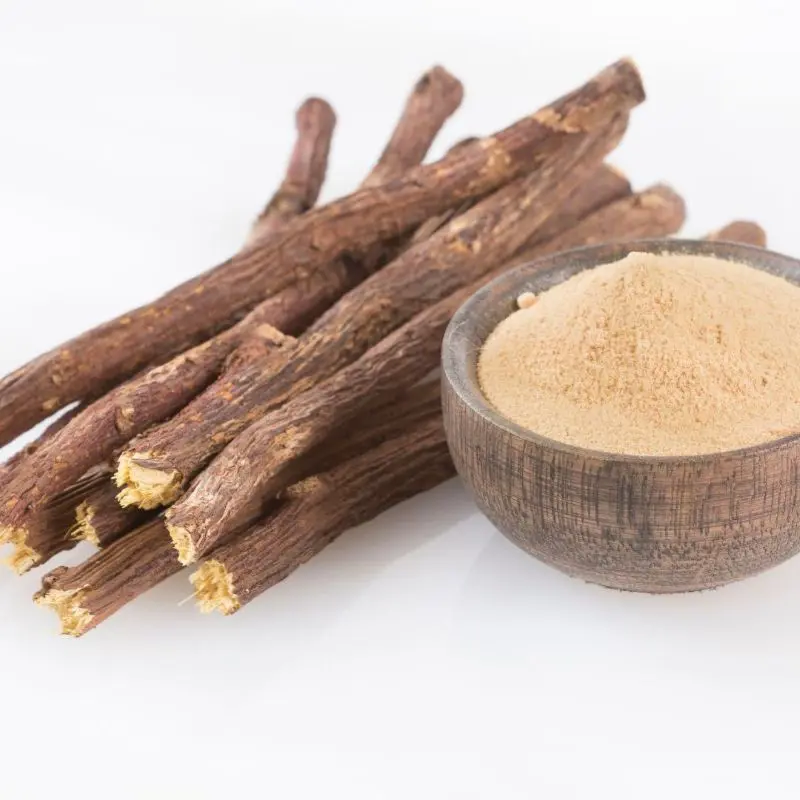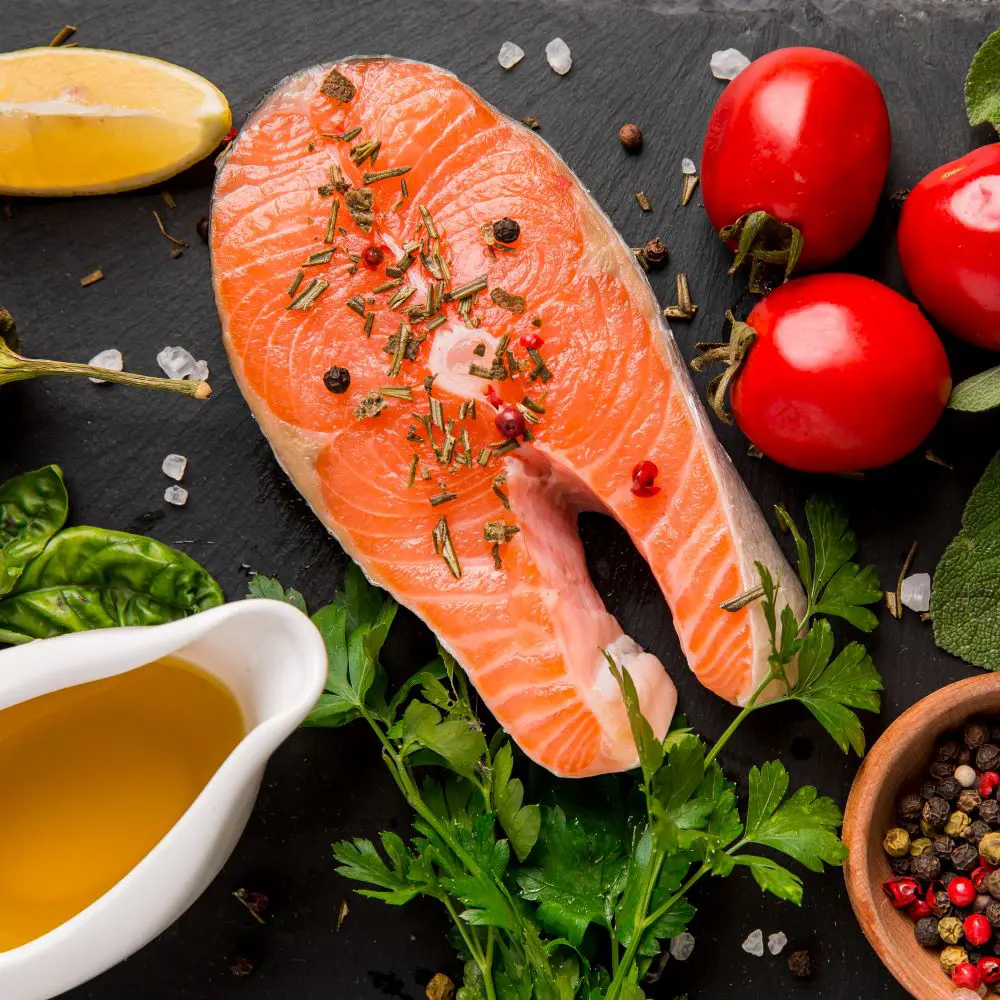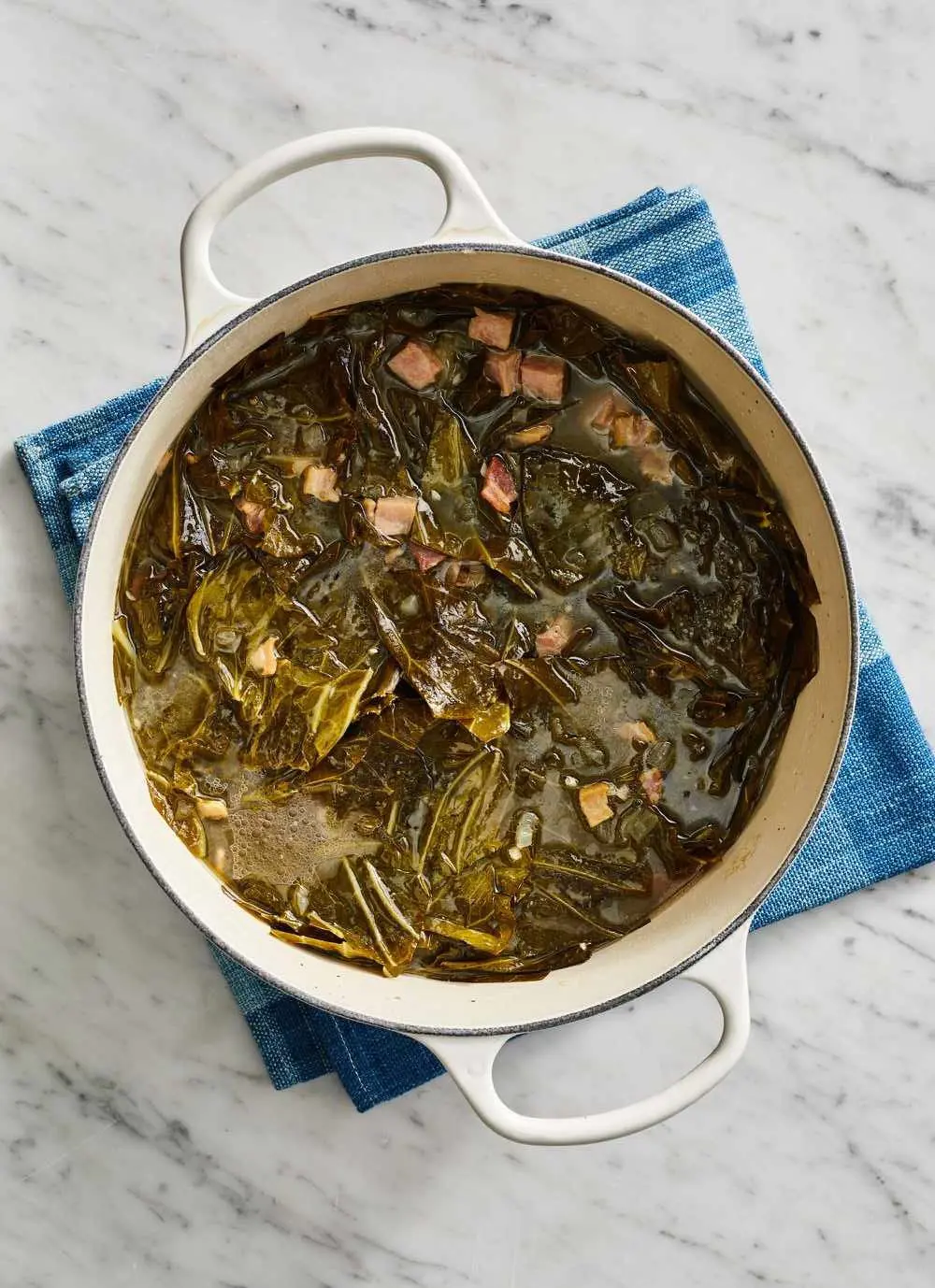Liquid Diet 101: Benefits, Food List and Risk Factors
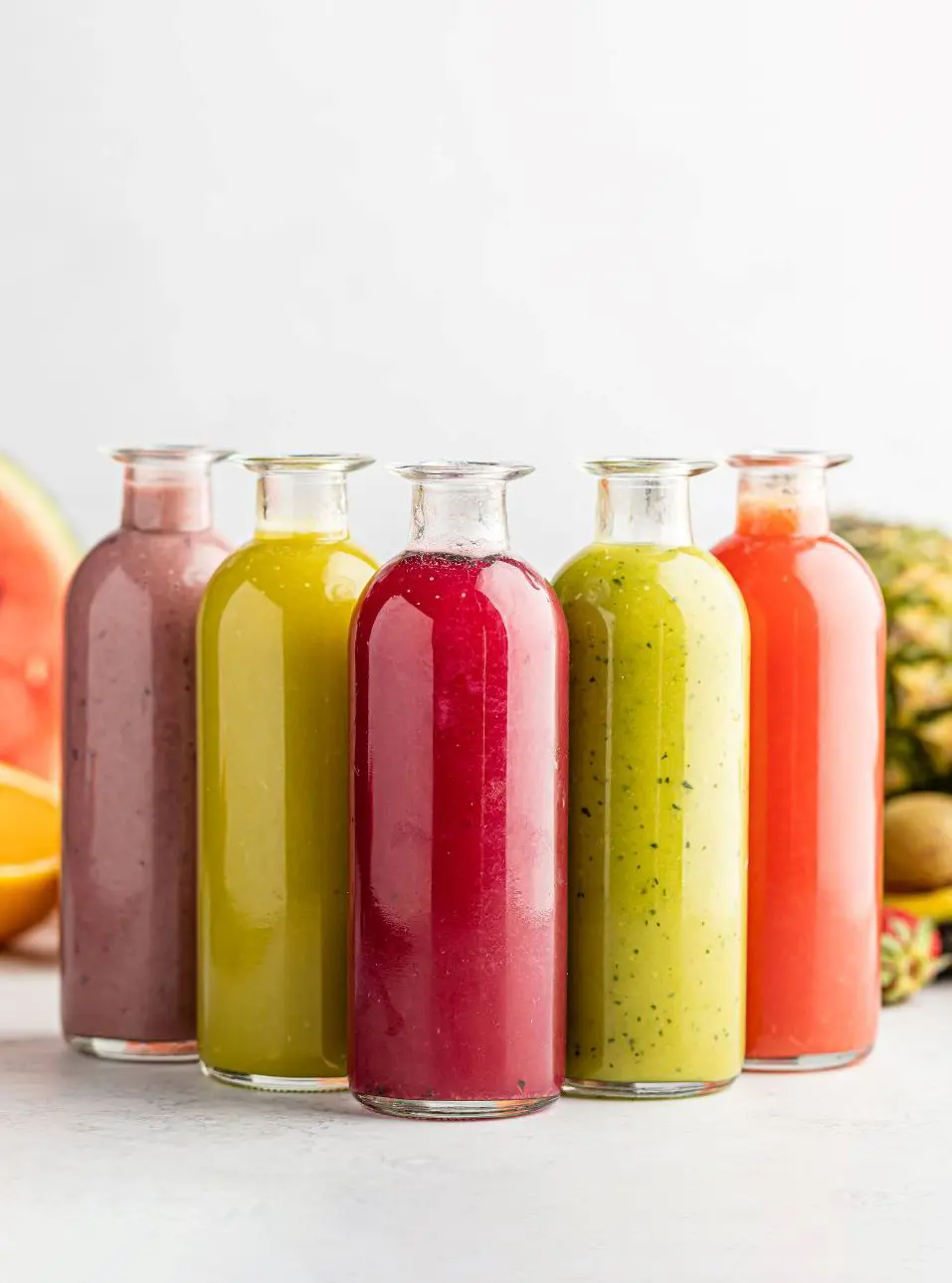
In recent years, liquid diets have gained popularity as a quick-fix solution for weight loss and detoxification. These diets typically replace regular meals with liquids such as juices or smoothies. They are appealing due to promises of quick results and perceived health benefits.
Celebrities and influencers often endorse these diets, further fueling their popularity on social media and in mainstream culture. However, experts caution that while liquid diets may offer short-term weight loss benefits, they also carry risks. This article will explore the benefits, types of foods allowed on the diet, and potential associated risks.
What is Liquid Diet?
A liquid diet is a diet plan where most or all calories are from liquids rather than solid foods. This type of diet involves consuming liquids such as water, broth, juice and shakes while avoiding solid foods.
It is commonly used for medical purposes, like preparing for procedures or managing specific health conditions.
Liquid diets offer nutrients in an easily digestible form, allowing the digestive system to rest and heal. They may also be recommended for weight loss under medical supervision. However, a liquid diet typically lacks the fiber found in solid foods, which can affect bowel regularity and may not provide long-term nutritional balance.
It is crucial for individuals on a liquid diet to ensure they receive adequate calories, protein, vitamins, and minerals to maintain overall health and energy levels.
Types of Liquid Diets

Liquid diets can vary widely in purpose and composition, tailored to different health goals or medical needs. However, the most common and popular types of liquid diets are the clear liquid diet and the full liquid diet.
Clear Liquid Diet
A clear liquid diet is the most restrictive type of liquid diet, typically prescribed for short periods before medical procedures or surgeries. It includes clear liquids that are easily digested and leave little residue in the digestive tract. Examples of allowed liquids include water, tea, coffee without milk or cream, clear fruit juices, and sports drinks.
These liquids provide hydration and some essential electrolytes but lack sufficient nutrients, making them suitable only for short-term use. A clear liquid diet helps keep the digestive system clear and reduces the workload on the intestines.
Full Liquid Diet
A full liquid diet is less restrictive than a clear liquid diet and allows for a wider variety of liquids. It includes all liquids allowed in a clear liquid diet but also adds thicker liquids that are smooth and pourable at room temperature. This diet may include milk, yogurt, strained cream soups, fruit juices with pulp, and liquid meal replacements.
This diet provides more calories and nutrients compared to a clear liquid diet, making it suitable for longer-term use when solid foods are not tolerated, such as during recovery from surgery or illness.
However, it still lacks the fiber and bulk of solid foods, which can affect bowel regularity if followed for an extended period.
Benefits of Liquid Diet
A liquid diet, when appropriately used and supervised, offers several benefits that cater to specific health needs and conditions:
1. Eases Digestion

A liquid diet eases digestion by requiring minimal effort from the digestive system. Liquids are already partially broken down, reducing the workload on the stomach and intestines. This can be particularly beneficial for individuals recovering from surgery or experiencing digestive issues like gastritis or diarrhea.
2. Provides Rest to the Gastrointestinal Tract
Solid foods require more digestion and can sometimes irritate sensitive stomachs or intestines. By consuming a liquid diet, the digestive system can recuperate and heal more effectively. This rest period allows for reduced inflammation and can promote faster recovery from digestive ailments.
3. Hydration
Liquid diets contribute significantly to hydration. Many liquids, such as water, herbal teas, and clear broths, contain high water content essential for maintaining hydration levels. Proper hydration supports various bodily functions, including temperature regulation, joint lubrication, and toxin removal.
4. Nutrient Intake
Liquid diets can promote increased nutrient intake by concentrating essential vitamins, minerals, and antioxidants in easily digestible forms. Smoothies, juices, and soups often contain a variety of fruits, vegetables, and proteins blended or pureed into a liquid form.
This enhances nutrient absorption as the digestive system doesn't need to break down whole foods extensively. Moreover, liquid diets can include supplements or fortifications to ensure adequate intake of vitamins and minerals.
5. Preparation for Medical Procedures
A liquid diet is beneficial for preparing for medical procedures, particularly those involving the gastrointestinal tract, such as colonoscopies or surgeries. It helps clear the digestive system of solid foods, allowing for better visualization or access during procedures.
By consuming clear liquids the risk of complications related to undigested food in the intestines is minimized. Additionally, a liquid diet reduces bloating and discomfort, making it easier for medical professionals to perform procedures effectively.
6. Weight Loss
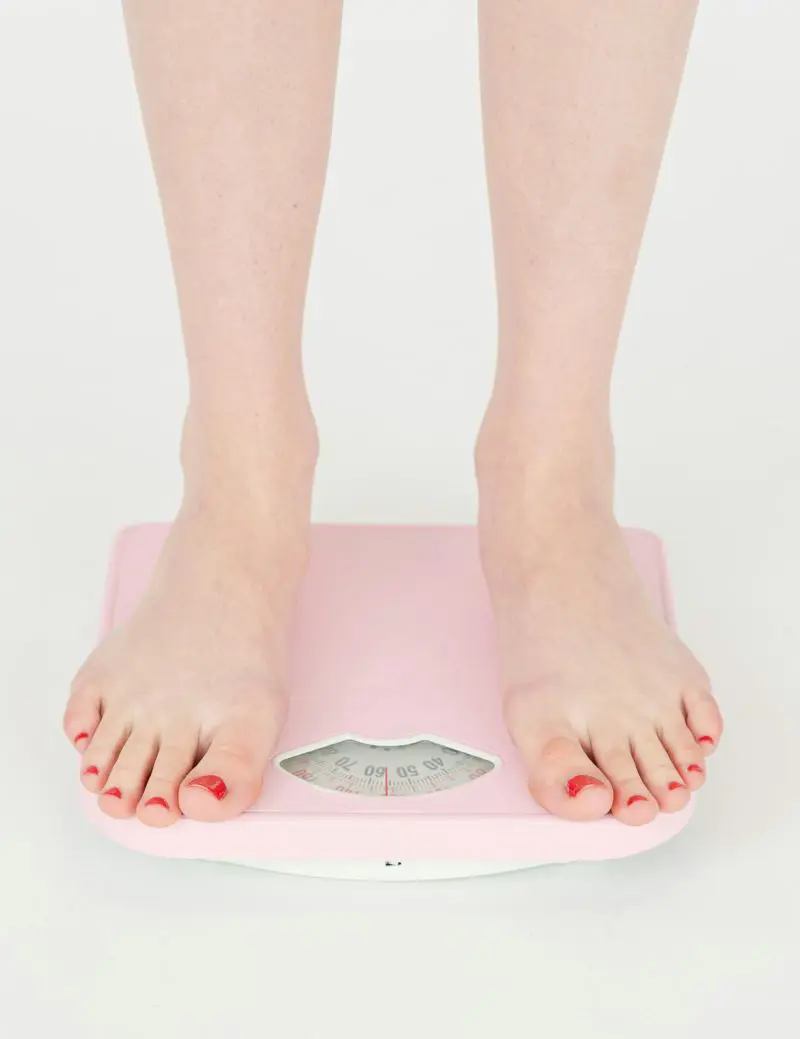
Liquid meals, such as smoothies or vegetable soups, are often lower in calories compared to solid foods. Liquids can also promote a feeling of fullness with fewer calories, helping to control appetite and reduce overall food consumption.
Moreover, some liquid diets restrict carbohydrates and fats, promoting the body to burn stored fat for energy, which can lead to weight loss.
7. Detoxification
Some people use liquid diets as a short-term detox to help eliminate toxins from the body, although scientific evidence supporting this benefit is limited. These diets primarily aid in detoxification by promoting hydration and reducing intake of processed foods and additives.
This approach may support the liver's natural detoxification processes by lessening its workload.
Indications for a Liquid Diet
Your healthcare provider might recommend a liquid diet if you have specific medical conditions or are recuperating from particular medical injuries or procedures. Reasons for prescribing a full liquid diet include:
- Pre- and Post-Surgery: To ensure the gastrointestinal tract is clear and to reduce the risk of complications during surgery. Post-surgery, it helps in gradually reintroducing foods.
- Medical Procedures: Before certain medical tests or procedures, such as colonoscopies, to ensure the digestive system is clear.
- Digestive Issues: For individuals with severe digestive disorders like Crohn's disease, irritable bowel syndrome (IBS), or severe gastritis, a liquid diet can help ease symptoms and provide rest to the digestive tract.
- Acute Illness: During episodes of acute illness, such as severe vomiting, diarrhea, or when a patient is too ill to consume solid foods.
- Difficulty Swallowing: For individuals with conditions like dysphagia (difficulty swallowing) or after a stroke, a liquid diet can help prevent choking and aspiration.
- Weight Management: As part of a medically supervised weight loss program, particularly when rapid weight loss is necessary for health reasons.
- Recovery from Gastrointestinal Surgery: To help transition from a clear liquid diet to solid foods, allowing the digestive system to heal gradually.
Common Foods and Drinks on a Liquid Diet
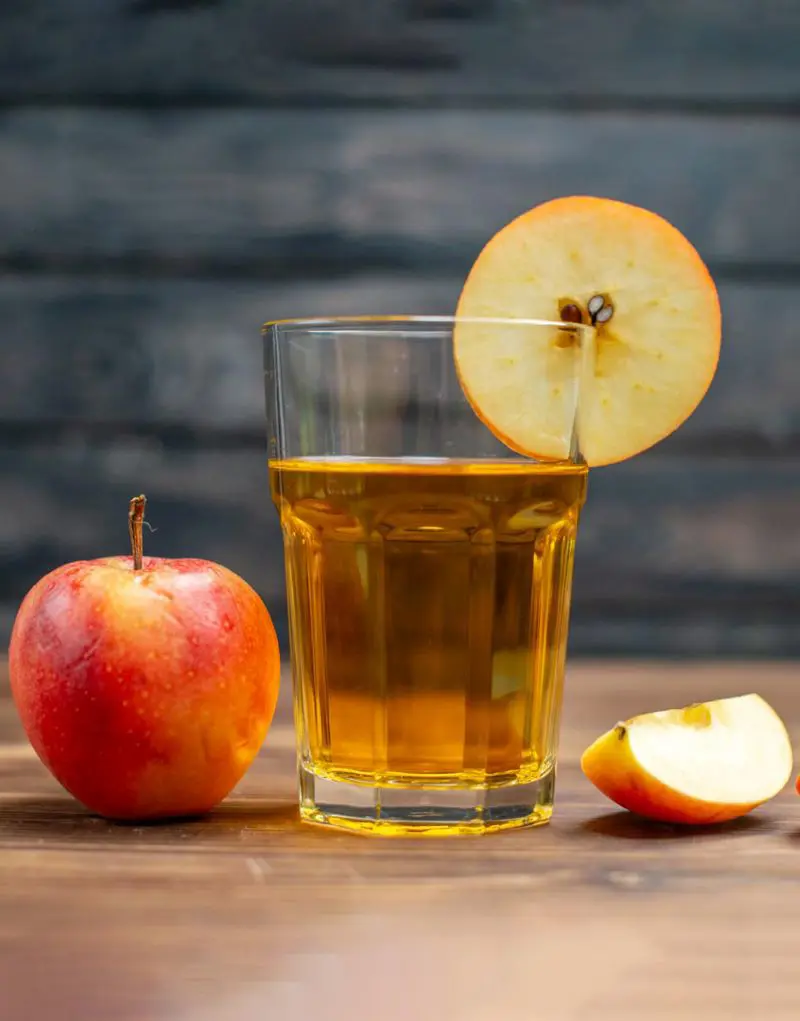
When following a liquid diet, certain foods must be avoided to ensure the diet is effective and appropriate for medical or health reasons. Here's a list of foods to avoid on a liquid diet:
Clear Liquid Diet
A clear liquid diet includes only liquids that are transparent and free of any solids or pulp. Common foods and drinks include:
- Water: Plain, flavored, or infused with lemon.
- Broth: Clear broths from chicken, beef, or vegetables.
- Juices: Clear juices like apple, grape, and cranberry (without pulp).
- Sodas and Sports Drinks: Clear varieties like ginger ale, lemon-lime soda, and certain sports drinks.
- Tea and Coffee: Without milk or cream; sweeteners are allowed.
- Gelatin: Plain or flavored gelatin without added fruit or toppings.
- Ice Pops: Made from clear juices or flavored water.
- Honey and Syrups: As sweeteners or consumed directly.
Full Liquid Diet
A full liquid diet includes all clear liquids plus additional items that are smooth and free of chunks or solids. Common foods and drinks include:
- Milk and Milk Alternatives: Cow’s milk, soy milk, almond milk, and other dairy substitutes.
- Smoothies and Shakes: Made with fruits, vegetables, yogurt, and protein powders, ensuring they are well-blended.
- Creamy Soups: Strained to remove any solid pieces, like tomato soup or cream of chicken soup.
- Pudding and Custard: Smooth and without any added chunks or pieces.
- Ice Cream and Frozen Yogurt: Plain or flavored, without chunks or solid additions.
- Nutritional Supplement Drinks: Commercially prepared drinks like Ensure, Boost, and similar products.
- Juices and Smoothies: Including those with pulp, but strained to ensure smooth consistency.
- Oatmeal and Cream of Wheat: Thinned to a liquid consistency and strained if necessary.
- Honey, Syrups, and Molasses: As sweeteners or consumed directly.
- Yogurt: Plain or blended until smooth.
- Grains: Cream of wheat, cream of rice, grits, and other cooked cereals made from refined grains and thinned with milk.
Foods to Avoid on Liquid Diet
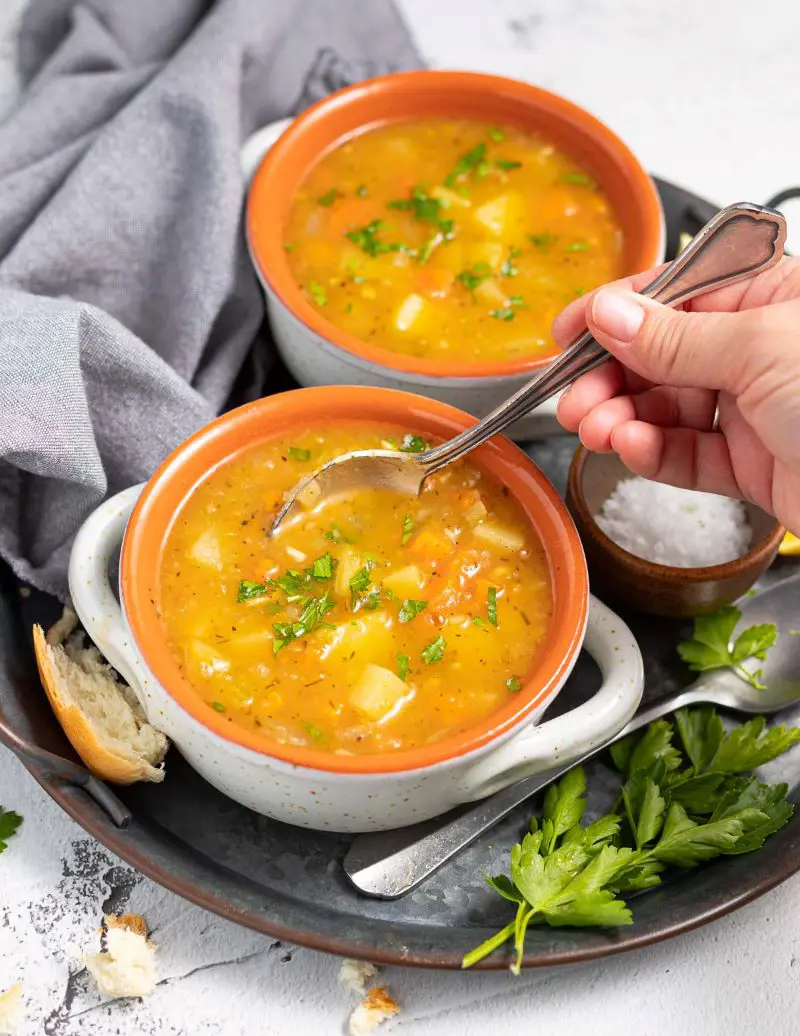
Both clear and full liquid diets are designed to reduce the workload on the digestive system. Avoiding certain foods helps ensure that the diet is effective and safe for medical purposes. Always follow the specific guidelines provided by a healthcare professional.
Clear Liquid Diet
- Solid Foods: All solid foods are prohibited.
- Dairy Products: Milk, cream, and cheese.
- Fruit Juices with Pulp: Orange juice, tomato juice, and any juice with pulp.
- Soups with Particles: Soups with noodles, rice, or vegetables.
- Alcohol: Beer, wine, and spirits.
- Non-Clear Beverages: Milkshakes, smoothies, and opaque beverages.
- Carbonated Drinks with Additives: Sodas with added fibers or vitamins that aren't clear.
- Ice Cream and Sorbet: Unless specifically clear and without chunks.
Full Liquid Diet
- Chunky Soups: Soups with vegetables, meats, pasta, or rice.
- Solid Foods: Any solid or semi-solid foods, such as bread, pasta, or rice.
- Fruits and Vegetables: Whole or chopped, including those in smoothies if not well-blended.
- Meat and Fish: Whole, ground, or shredded.
- Cheese: Solid or melted.
- Cereal and Grains: Unless they are thinned and strained to a liquid consistency.
- Nuts and Seeds: In any form.
- Fried or Fatty Foods: Any foods that are fried or high in fat.
- Alcohol: All forms of alcoholic beverages.
- Carbonated Beverages with Solids: Sodas with added fiber or pulp.
Guidelines for Following a Liquid Diet
Following a liquid diet requires careful planning to ensure nutritional needs are met while adhering to the restrictions. Here are some guidelines:
- Medical Supervision: Always seek medical advice before starting a liquid diet, especially if it’s for a medical condition or procedure.
- Balanced Nutrition: Ensure the diet includes a variety of liquids to cover all macronutrients (carbohydrates, proteins, and fats) and micronutrients (vitamins and minerals).
- Hydration: Drink plenty of fluids to maintain hydration, aiming for at least 8-10 glasses of water or clear liquids daily.
- Meal Frequency: Consume smaller, more frequent meals to maintain energy levels and prevent hunger.
- Track Intake: Keep a food diary to monitor what you’re consuming and ensure you’re meeting your nutritional needs.
Liquid Diet Risk Factors
While liquid diets can be beneficial in certain medical and weight management contexts, they also come with several risk factors. It's important to consider these risks and consult with a healthcare professional before starting a liquid diet.
Nutritional Deficiencies
Liquid diets may lack essential vitamins and minerals, leading to deficiencies in nutrients like iron, calcium, vitamin B12, and fiber. Additionally, inadequate protein intake can result in muscle loss and weakened immune function.
Caloric Insufficiency
Liquid diets often provide fewer calories than solid foods, which can lead to fatigue, dizziness, and low energy levels. Prolonged low-calorie intake can slow down metabolism, making it harder to maintain weight loss in the long term.
Digestive Issues
If you need to follow a full liquid diet for more than a few days, the lack of fiber may cause constipation. Quickly reintroducing solid foods after a liquid diet can lead to digestive problems such as bloating, constipation, or diarrhea. Prolonged use of liquid diets can make it challenging for the digestive system to process solid foods.
Psychological Effects
Liquid diets may not provide the same satiety as solid foods, leading to increased cravings and hunger. Restrictive diets can sometimes trigger or exacerbate disordered eating behaviors.
Tips and Considerations
Following a liquid diet can present some challenges. You may need to do extra planning to incorporate liquid-only meals into your daily routine. Adjusting to these changes may take some time.
Practicality and Preparation
If you’re on a liquid diet while recovering from an illness, injury, or surgery, meal preparation can be challenging. Seek assistance from friends and family who can help, ensuring they understand your dietary restrictions. Prepare liquid meals in advance and freeze them for convenience.
Consider investing in a large-capacity blender or food processor for batch preparation. It's beneficial to stock up on necessary items such as beverages and powdered supplements before starting your diet.
Cost
Purchasing pre-pureed foods may save time, but they can be expensive and difficult to find. It might be more economical to puree foods at home instead. While baby food is an option, it typically comes in small portions and can be pricey. Nonetheless, it can serve as a base for liquid meals.
On the other hand, nutritional shakes such as Ensure and Glucerna, while costly, provide a substantial boost of protein and nutrition to help meet daily requirements. While these shakes are beneficial, they should not be relied upon as the sole source of nutrition.
Cooking Tips
To soften soft foods effectively, consider adding water or milk. If they don't liquefy completely, applying gentle heat or using a microwave can help. Chocolate can be melted using either a saucepan or a microwave. For preparing liquid meals at home, kitchen tools like food processors are highly useful.
A blender is great for pureeing fruits and vegetables and can also be used on a lower setting to pulse thicker foods like oatmeal into a suitable consistency. Softening pasta, rice, and potatoes involves cooking them until very soft and then thinning them with water, butter, or gravy.
Recent posts
Nutrition
Nutrition
Licorice Root: Benefits And Uses
You can spell it liquorice or licorice; this herb or root has been in use for centuries in most medicinal applications, as a natural sweetener and to enhance flavors. Regarding its origins, it comes from the root of the "Glycyrrhiza galbre" plant and...
Nutrition
Is Salmon Good For You? Nutritional Facts and Benefits
Salmon fish is a staple diet throughout the world, popular as a super food for its nutrients. Whether savored in sushi, poached, grilled, roasted, or pan-fried, salmon offers minerals and vitamins that contribute to healthy bodily functions. In addit...
Nutrition
25 Smoked Salmon Recipes That You Will Enjoy
Salmon is a silver-colored fish that is loaded with many nutrients, vitamins, and omega-3 fatty acids. Smoked Salmon is better for improving your health and reducing the risk of cancer, heart-related diseases, fights inflammation, reduces anxiety and...
Nutrition
Are Sausages Healthy? Nutrition And Health Benefits
Sausages are tasty in an addictive way, making them one of the most popular foods worldwide. You may have enjoyed this convenient food often, whether on a bun with mustard or grilled on a barbecue, the simple preparation methods are what makes its co...
Nutrition
20 Vegetables That Are Rich In Iron
Iron is essential for our bodies to function well. When we don't get enough iron, we often feel weak and tired. It's important to address iron deficiency early by eating the right foods. Fortunately, many vegetables are rich in iron and can help prev...
Nutrition
15 Cauliflower Nutrition Facts And Health Benefits
Cauliflower, a cruciferous vegetable, resembles a white variation of its relative, broccoli. Like broccoli, it has closely bunched florets attached to a thick core, often surrounded by a few leaves. While white is the most common color, cauliflower i...
